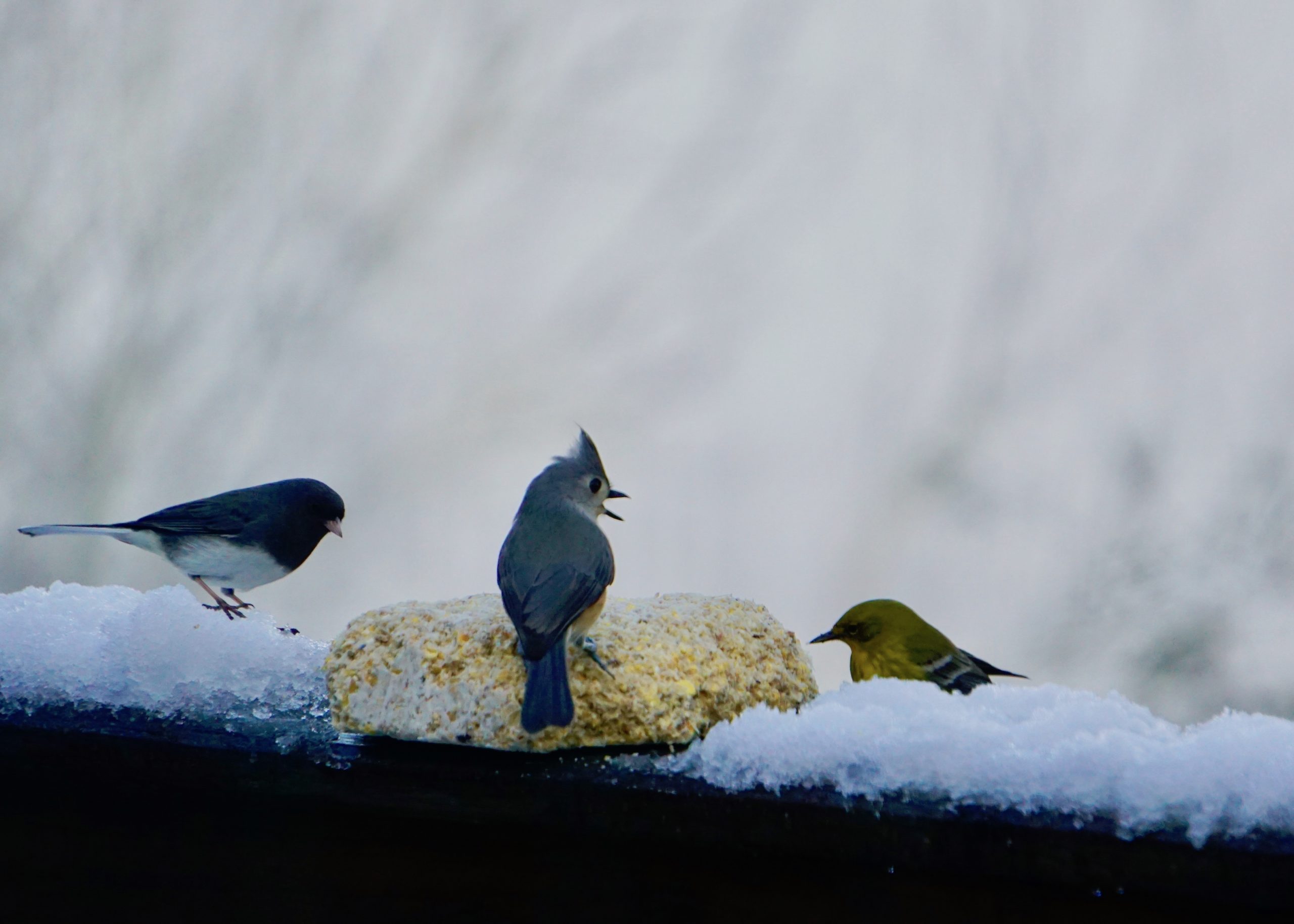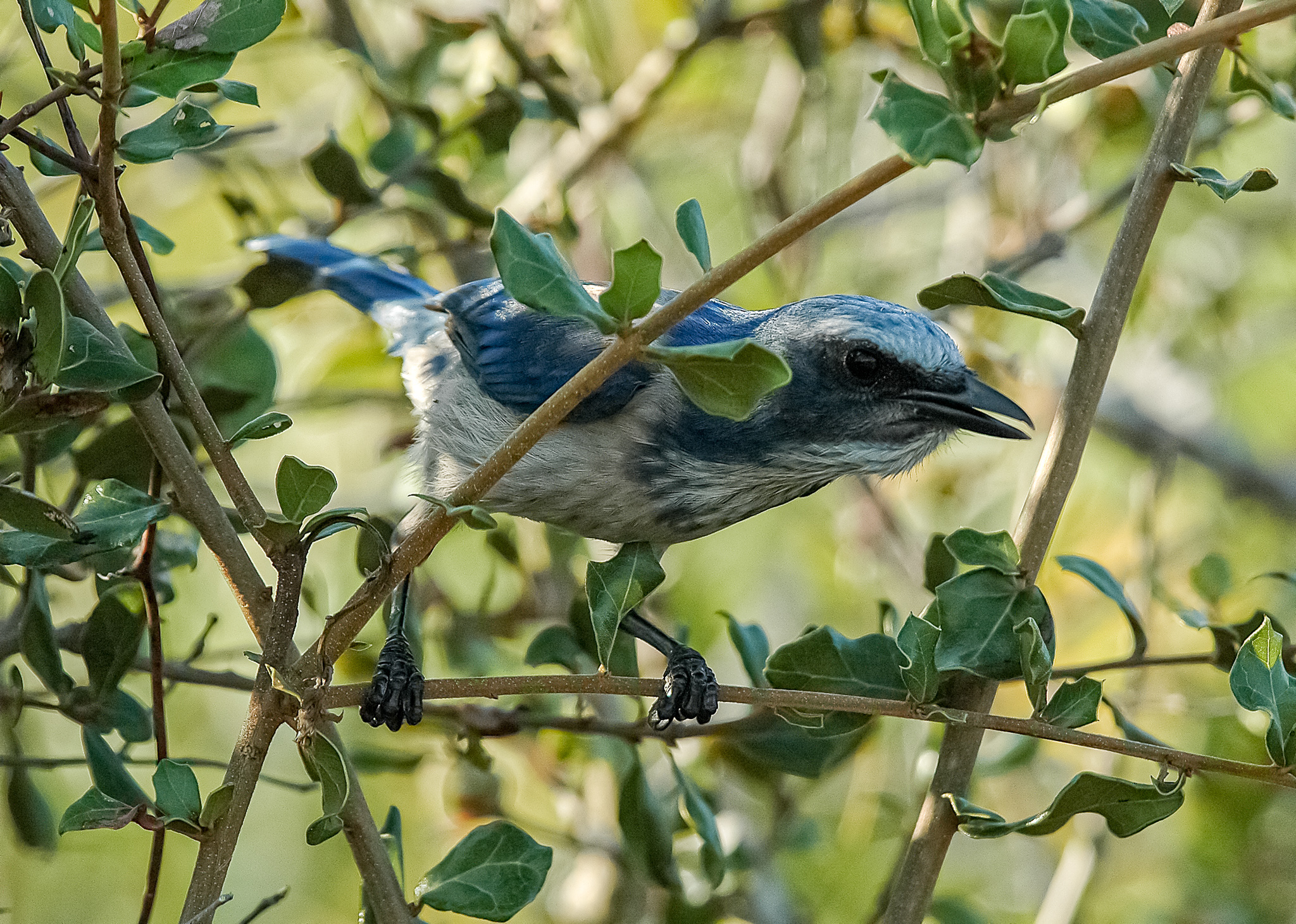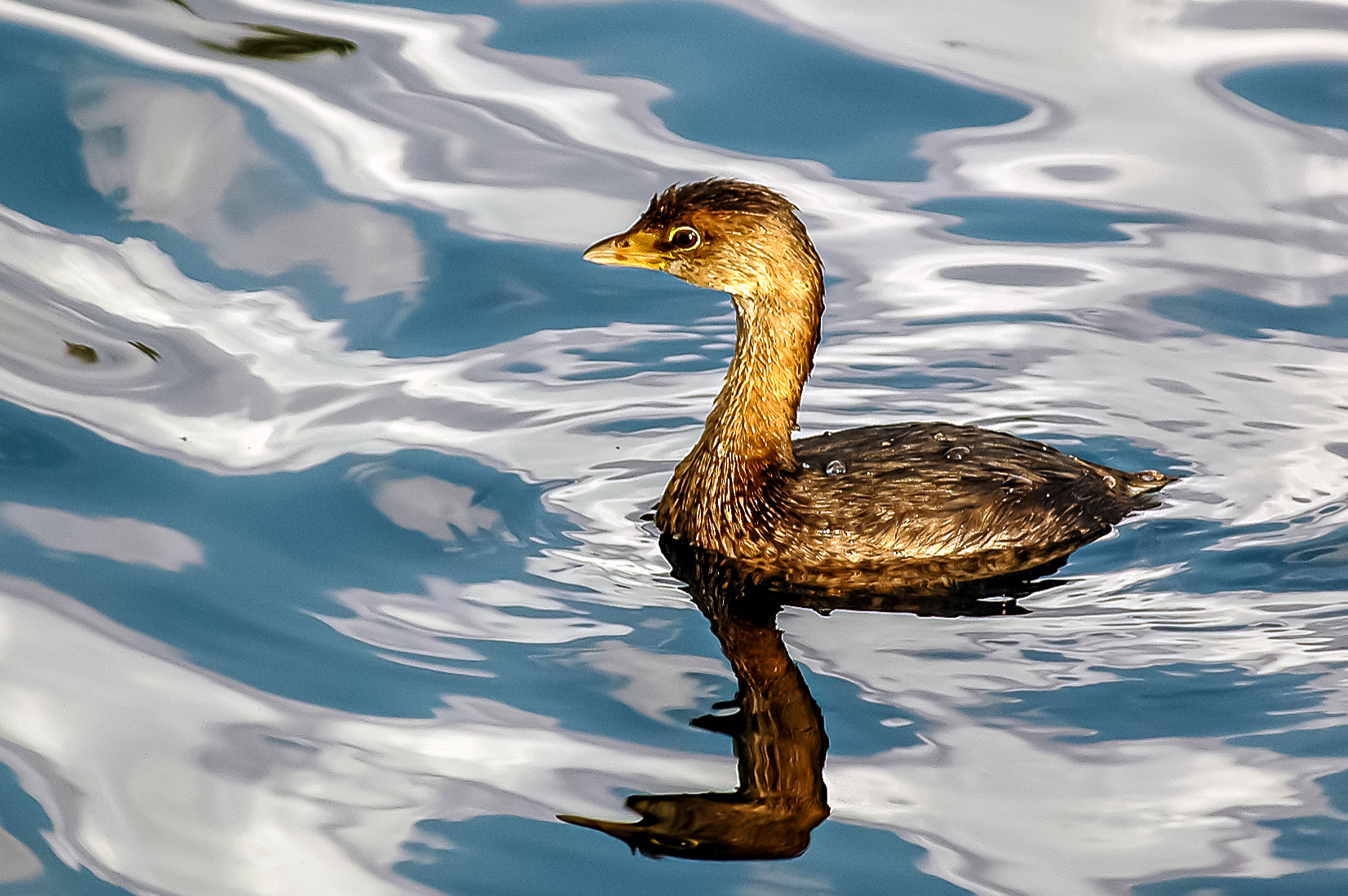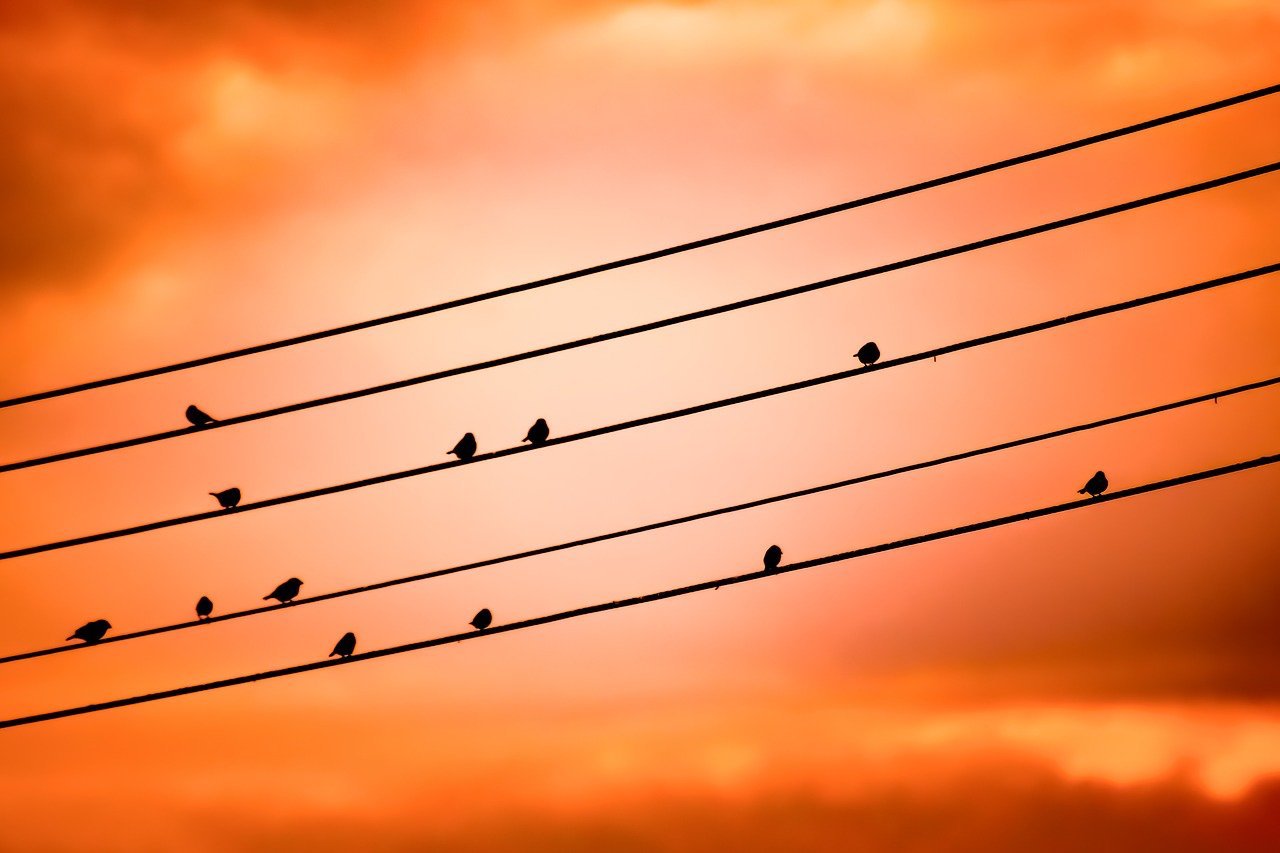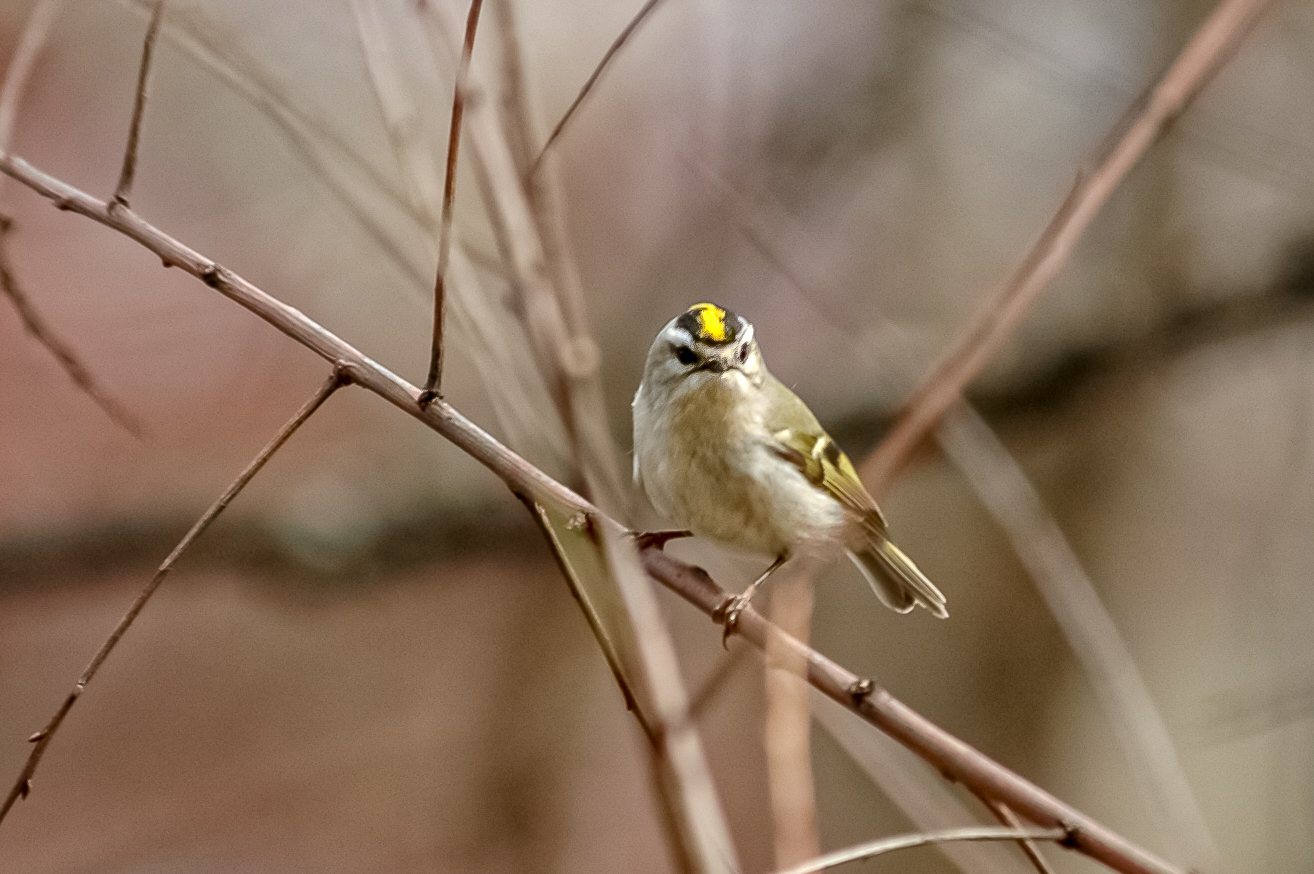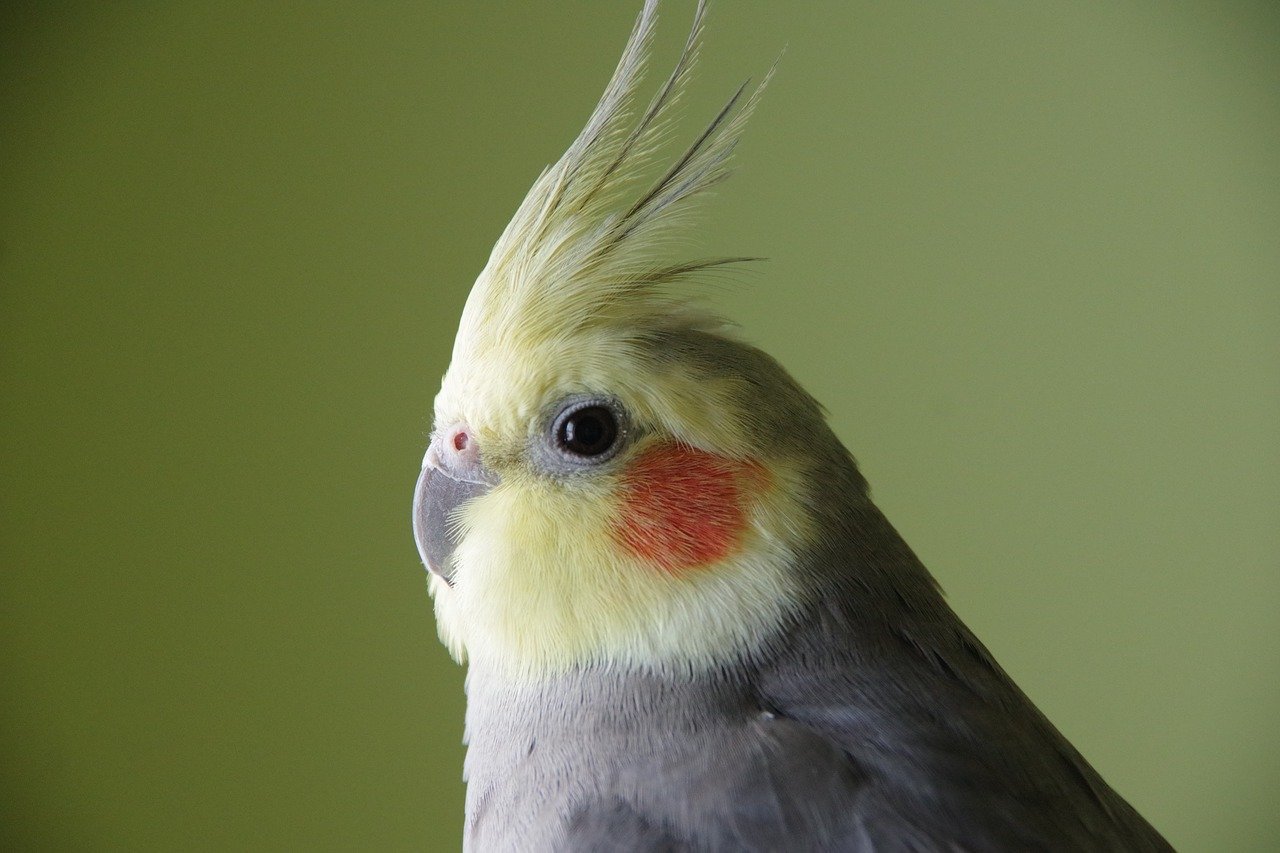
We’ve been thinking back on our first calendar year of birding and have begun planning our birding trips for next year. We’ve been at this now almost nine full months. We’ve seen 101 different identified species of birds. It’s been an interesting, exciting, frustrating, disappointing, and amazing journey.
So, to celebrate our first year and our first 100 species, Bob and I put together our top ten list of the birds we saw that were significant to us in our journey. These are not numbered in any particular order, except for the way we thought of them. Our hope is that seeing the amazing variety and colors and design of these birds will give you a glimpse of what draws us to birding.
Scarlet Tanager: I saw this bird from the back deck and the bright red color was visible from a long distance away. This bird has become one of my favorites–maybe because of the UGA black and red coloring?

American Bald Eagle: An American Bald Eagle lives up the mountain from us. We haven’t seen it often, but when we do, we both stop whatever we’re doing to watch it. The bald eagle really is majestic in flight.
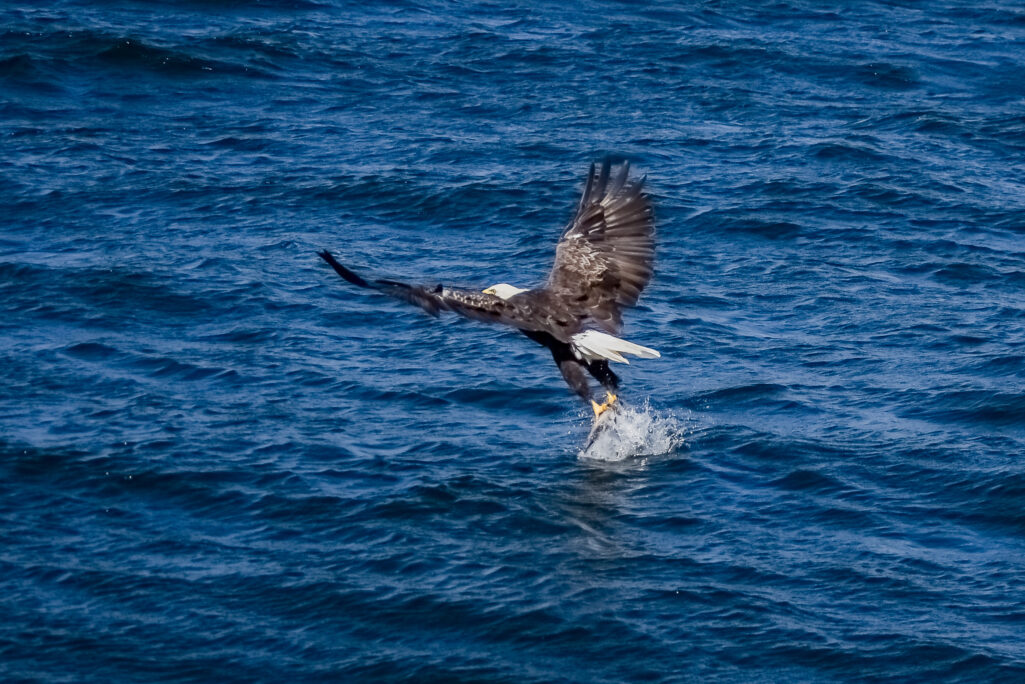
Blue Grosbeak: Almost as exciting to see as the bright red Scarlet Tanager was the Blue Grosbeak. We first saw the Red-breasted Grosbeak at the feeder and it was gorgeous. But it didn’t make this list. The Blue Grosbeak has such beautiful coloring that the Red-breasted Grosbeak pales in comparison.

American Redstart: We saw this bird for the first and only time near Blairsville. He was deep in shrub and tree branches. We went back for three days hoping to see him again. His coloring of black and dark orange-red is distinct and beautiful.

Indigo Bunting: On the same day we saw the first Blue Grosbeak, we saw the Indigo Bunting. Both were in trees around the Clarkesville Greenway. It was interesting to see how many people walked within a few yards of them and never saw them. The Indigo Bunting is another beautifully colored bird, lighter in blue than the Blue Grosbeak but every bit as beautiful.

Cedar Waxwing: We saw the only two Cedar Waxwings we’ve seen at the top of Bell Mountain, east of Hiawassee. I had no idea how beautiful they really are until we saw them up close. They are delicately colored and look perfectly put together.

Great Blue Heron: We saw this bird fly over early on in our birding, but it wasn’t until we were at West Point Lake near LaGrange that we were able to see them up close. They have beautiful tall, regal bodies. When they fly, they are distinctive because of how their legs stretch out behind them.

Green Heron: The Green Heron is not as large as the Great Blue Heron but its coloring is even more beautiful and just as impressive. We saw the Green Heron at West Point Lake as well.

Killdeer: The Killdeer has one of the more unusual markings of any birds we saw this year with black bands that circle its neck. We saw this bird the first time in a parking lot in Braselton. I was so excited that I was jumping up and down. We later saw a female Killdeer watching over her eggs that were on top of a cement covering over a grave. When we tried to get a little closer to her, she ran from her eggs and acted like she was lame to draw attention away from her eggs. She was amazing.

Pileated Woodpecker: The Pileated Woodpecker is one of the larger woodpeckers with striking markings of black, white and red. Bob put it on this list. I had only seen one from afar until last week, and Bob was right. It is a stunning bird to watch.

Honorable Mention: While in the parking lot at the top of Brasstown Bald, we saw a Cockatiel (that’s a type of parrot). The Cockatiel was actually on a leash, but we counted it on our yearly list because we’ll probably never see another one again that’s not in a pet shop or an owner’s cage.
Birds we thought about but didn’t include were the Rose-breasted Grosbeak, the Great Egret, the Hooded Warbler, the Red-headed Woodpecker, the Goldfinch and the Purple Finch. All of these are beautiful and all are unique. Maybe next year . . .
It’s been a good year of birding. We’ve seen a lot, learned a lot, and enjoyed it all. On January 1, we’ll start over counting the birds we see. I look forward to seeing what God will teach us in 2021 about His birds and about Him.


